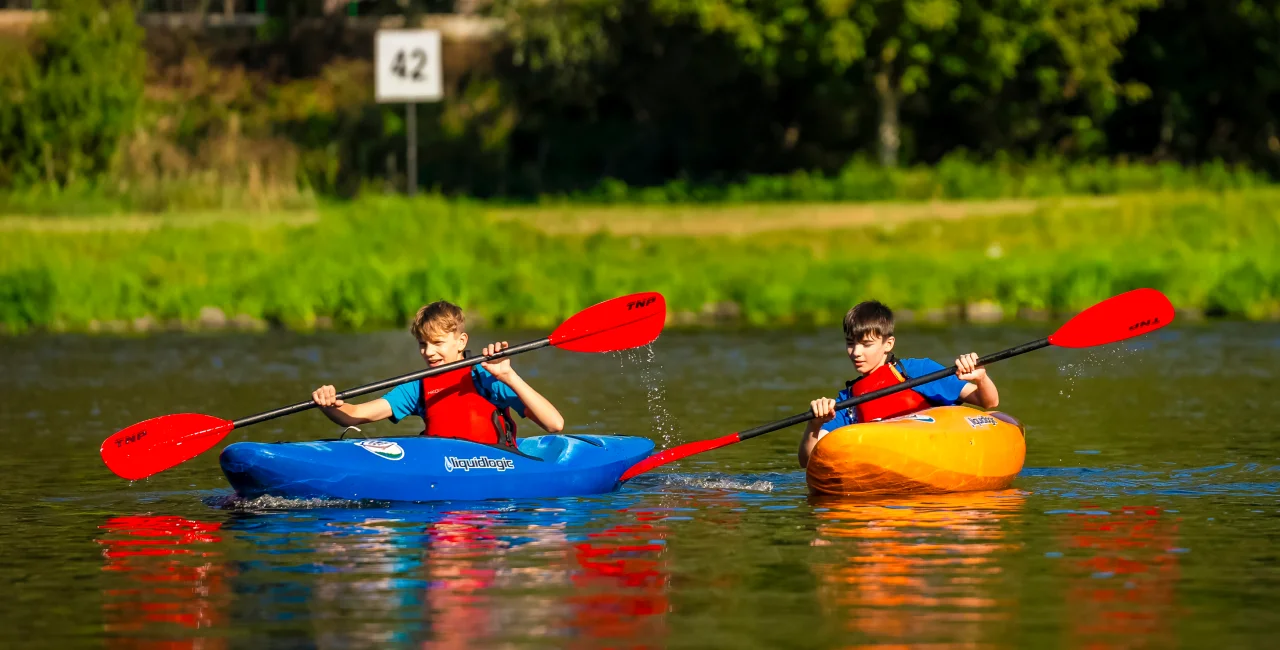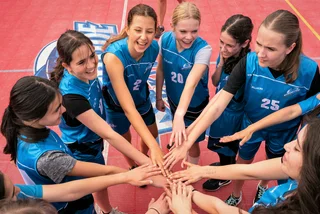
How to help kids break free from social media? Build offline communities
At Riverside International School, educators are addressing social media’s growing impact on children by partnering with parents.
This article was written in partnership with
Riverside International School
Read our policy
Would you like us to write your article? Explore the options












 Reading time: 4 minutes
Reading time: 4 minutes 


















